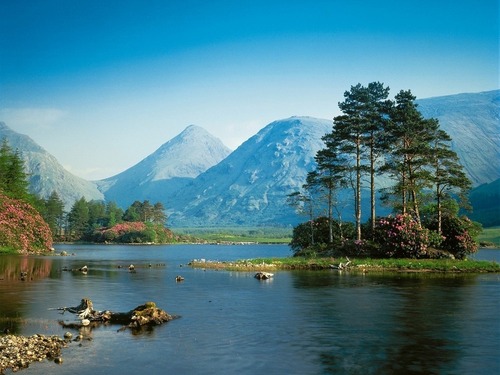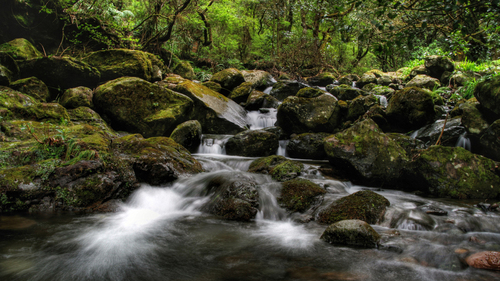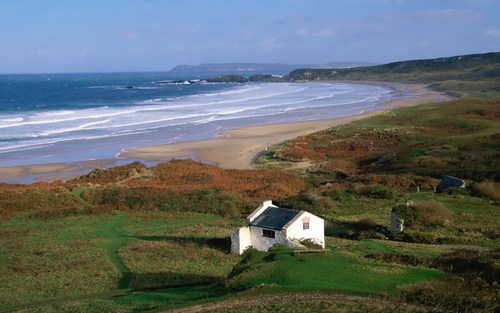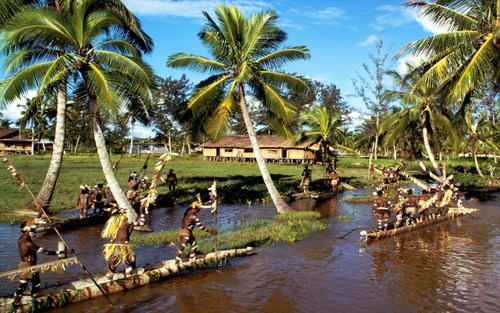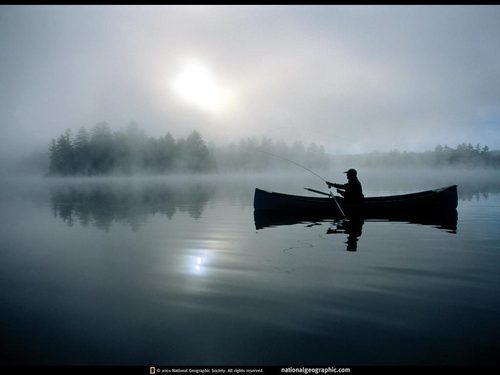One hundred years ago today, the Tiktanic sank. On her maiden voyage from England to New York, she struck an iceberg. Due to an unlucky combination of circumstances, the ship succumbed to her fate, floating gracefully to the bottom of the frigid Atlanti, where she remains to this day.
Titanic was called "the unsinkable ship." She was large for her time, easily drawing admiration. Yet, she carried fatal flaws in her design. These flaws aided in her death.
Titanic carried lifeboats, but she only had enough for about half of the passengers on board. She did, however, carry the minimum number required by the White Star Line. On the night of April 12, 1912, these lifeboats were barely half filled. Made to carry about thirty people each, many left the doomed ship with a cargo of a dozen or so women and children. Over 1500 people died that night.
When she struck the iceberg, Titanic did not hit it head-on. Rather, she turned to one side, hoping to miss it. As is now common knowledge, 8/9 of an iceberg is invisible underwater. Thus, the berg scraped her side, tearing a massive gash in her hull.
Titanic was equipped with watertight compartments, about a dozen or so. If the ship's hull was breached, these would seal off, containing the water and keeping Titanic afloat. But, of course, that was assuming only one compartment was compromised.
Instead, six of these compartments were breached. As they were designed to do, they sealed themselves off, trapping some of the crew in the engine rooms.
Thhe walls of the compartments did not reach all the way up, leaving a gap at the top. As more of the frigid Atlantic waterpoured in, it spilled over into the other compartments, crippling the ship still further.
As her foresection filled with water, the weight tipped Titanic up into the air. The strain proved to be too much. She snapped in half, sending her aft section plummeting back down to the surface. The ship continued filling with water, sinking nose-first. It took Titanic about two hours to sink.
Many of the hundreds who died that night froze to deathin the frigid water. Others went down with the ship. Some survived. There are few left who can recall those hours on the open sea.
Titanic, darling of the White Star Line, sank without ever completing her maiden voyage. She now rests at the bottom of the Atlantic, her former glory obscured by sea life.
For more information on Titanic as featured in the pages of National Geographic magazine, see the issues listed below.
August 1998
April 2012
Titanic was called "the unsinkable ship." She was large for her time, easily drawing admiration. Yet, she carried fatal flaws in her design. These flaws aided in her death.
Titanic carried lifeboats, but she only had enough for about half of the passengers on board. She did, however, carry the minimum number required by the White Star Line. On the night of April 12, 1912, these lifeboats were barely half filled. Made to carry about thirty people each, many left the doomed ship with a cargo of a dozen or so women and children. Over 1500 people died that night.
When she struck the iceberg, Titanic did not hit it head-on. Rather, she turned to one side, hoping to miss it. As is now common knowledge, 8/9 of an iceberg is invisible underwater. Thus, the berg scraped her side, tearing a massive gash in her hull.
Titanic was equipped with watertight compartments, about a dozen or so. If the ship's hull was breached, these would seal off, containing the water and keeping Titanic afloat. But, of course, that was assuming only one compartment was compromised.
Instead, six of these compartments were breached. As they were designed to do, they sealed themselves off, trapping some of the crew in the engine rooms.
Thhe walls of the compartments did not reach all the way up, leaving a gap at the top. As more of the frigid Atlantic waterpoured in, it spilled over into the other compartments, crippling the ship still further.
As her foresection filled with water, the weight tipped Titanic up into the air. The strain proved to be too much. She snapped in half, sending her aft section plummeting back down to the surface. The ship continued filling with water, sinking nose-first. It took Titanic about two hours to sink.
Many of the hundreds who died that night froze to deathin the frigid water. Others went down with the ship. Some survived. There are few left who can recall those hours on the open sea.
Titanic, darling of the White Star Line, sank without ever completing her maiden voyage. She now rests at the bottom of the Atlantic, her former glory obscured by sea life.
For more information on Titanic as featured in the pages of National Geographic magazine, see the issues listed below.
August 1998
April 2012










